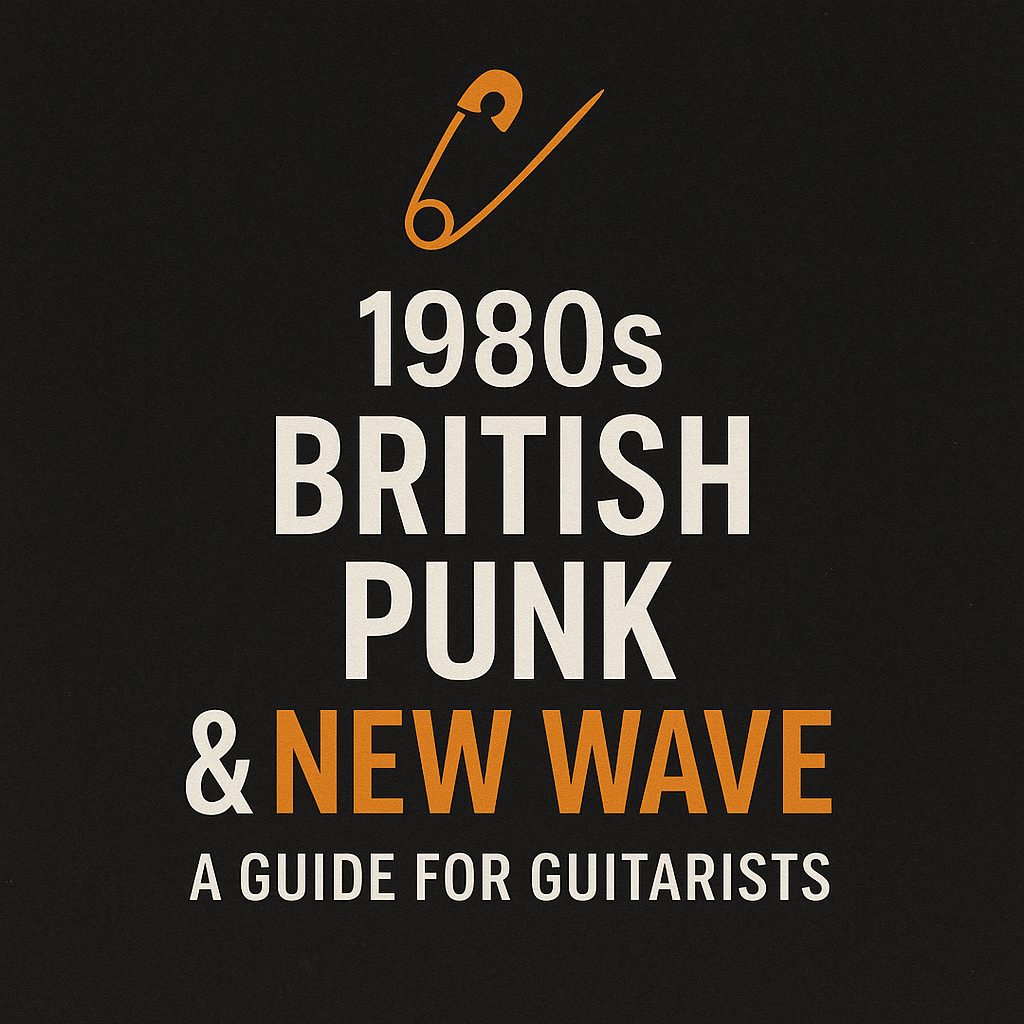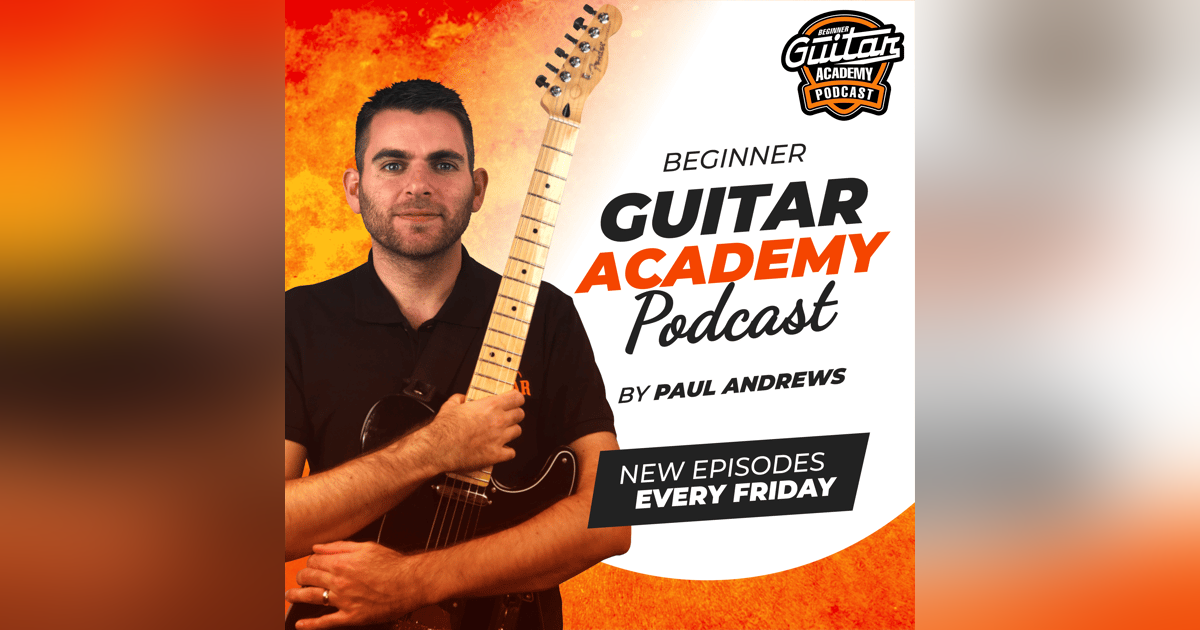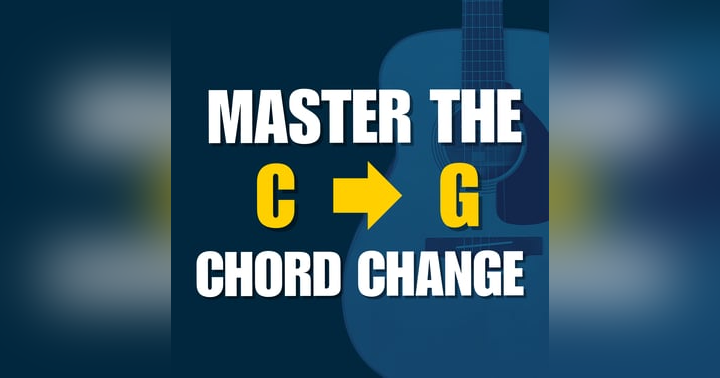Exploring the Sound of the 1980s – British Punk and New Wave Guitar

Are you ready to step back into one of the most revolutionary periods in British music history? On this week’s episode of the Beginner Guitar Academy Podcast, host Paul Andrews takes us on a wild ride through the 1980s—a decade that saw British punk’s raw rebellion morph into the colourful, synth-driven world of new wave.
Whether you’re a new guitarist or an experienced player eager to add some British flavour to your repertoire, this episode was packed with inspiration and practical tips to level up your playing.
The Evolution: Punk’s Raw Edge to New Wave’s Lush Textures
The episode kicks off with a look at the explosive rise of the British punk scene. Punk’s loud, fast, and intentionally raw sound became the voice of a generation seeking rebellion (think The Clash’s “London Calling” and Sex Pistols’ “Pretty Vacant”). If you’re after that iconic punk tone, Paul suggests mastering power chords, palm muting, and barre chords—emphasising simplicity, tight rhythm, and aggressive strumming over flashy solos.
But punk didn’t stand still. As the 80s progressed, many bands evolved into post-punk and then into new wave, bringing experimentation, synths, and atmospheric guitar work into the mix. Bands like Joy Division and Siouxsie and the Banshees added darker tones and more intricate melodies. Then came the “brighter” sound of new wave—think The Police, The Cure, Duran Duran, and Echo and the Bunnymen—where guitar took on a new supporting role alongside synths and iconic bass lines.
Key Guitar Takeaways & Must-Learn Songs
Paul highlights some essential lessons for guitarists:
-
Embrace Simplicity, But Play with Attitude: It’s not just what you play, it’s how you play it. Channel the punk spirit through energetic, rhythmic strumming and tight timing.
-
Experiment with Effects: Add lush soundscapes to your playing with effects like chorus, delay, and reverb. Andy Summers’ work with The Police is a perfect case study—he used chord inversions, reggae rhythms, and effects to create unique textures in songs like “Every Breath You Take.”
-
Think Texture and Melody: In new wave, guitars often add melodic hooks or ethereal textures rather than hog the spotlight. Practice combining rhythm chords with melodic lines to develop this skill.
Looking for fresh material to learn? Paul recommends these legendary tracks:
-
“London Calling” by The Clash
-
“Should I Stay or Should I Go” by The Clash
-
“Pretty Vacant” by Sex Pistols
-
“Every Breath You Take” by The Police
-
“Just Like Heaven” by The Cure
-
“Love Will Tear Us Apart” by Joy Division
-
“Town Called Malice” by The Jam
All of these songs feature approachable chord progressions, irresistible riffs, and—most importantly—the attitude and energy that define the era.
Challenge Yourself (and Join the Community!)
Paul wraps up the episode with a fantastic listener challenge: pick one punk or new wave song, record yourself playing it, and share it with the Beginner Guitar Academy community. Not only does this boost your confidence, but it’s also a great way to get feedback and connect with fellow guitarists.
Don’t forget to check out the accompanying Spotify playlist packed with 25 carefully selected tracks that showcase British punk and new wave at their finest. Even if you just listen and try out a riff or two, you’re guaranteed to broaden your musical horizons.
Ready to Go Deeper?
If this episode struck a chord and you’re craving even more guidance, Paul invites you to join Beginner Guitar Academy. With a structured curriculum based on the G4 Guitar Method, a supportive community, and unlimited personal feedback, it’s the perfect environment for any aspiring guitarist.
Final Words
The 1980s were a golden age for British guitar music—a time when tradition met innovation, and the DIY spirit of punk paved the way for the lush landscapes of new wave. Pick up your guitar, dive into the playlist, and let this iconic decade inspire your next practice session!
Missed the episode? Head over to BGA podcast episode 243 show notes for all resources and playlist links. Keep strumming, keep experimenting—and stay tuned for next week’s deep dive into the final chapter of British guitar music history!









